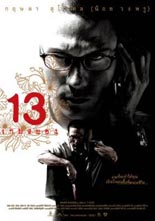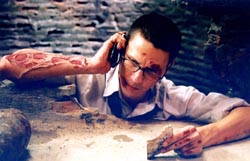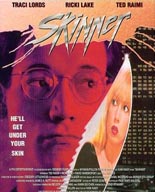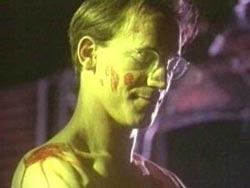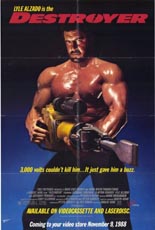
 Had Wes Craven cast Lyle Alzado as Freddy Krueger instead of Robert Englund, the result might look a lot like Destroyer, a slasher movie that gave the former NFL defensive lineman/shriveled-testicled steroid user his first leading role following such big-and-dumb turns in the comedies Tapeheads and Ernest Goes to Camp. I’m not sure whether anyone involved with the production had the heart to tell their star this wasn’t a comedy, because Alzado laughs his way through it.
Had Wes Craven cast Lyle Alzado as Freddy Krueger instead of Robert Englund, the result might look a lot like Destroyer, a slasher movie that gave the former NFL defensive lineman/shriveled-testicled steroid user his first leading role following such big-and-dumb turns in the comedies Tapeheads and Ernest Goes to Camp. I’m not sure whether anyone involved with the production had the heart to tell their star this wasn’t a comedy, because Alzado laughs his way through it.
In a premise that predates both The Horror Show and Craven’s own Shocker, Alzado’s Ivan Moser is a death-row inmate who spends his last minutes alive sweating buckets, squeezing a doll’s head like a stress ball and getting angry over a Wheel of Fortune-esque game show because, dammit, no contestant will pick the letter B! Anyway, Moser is electrocuted to a charred crisp, only to return to haunt the place several months later when its cells are used to shoot the women-in-prison pic Death House Dolls. That fictitious flick’s shoot-’em-and-move-’em director (Psycho-tic Anthony Perkins, quite amusing) would do Roger Corman proud.
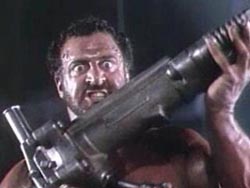 On-set stuntwoman Susan (Valley Girl Deborah Foreman, adorable as always) is dating the screenwriter (Clayton Rohner, reteaming with Foreman after April Fool’s Day); the two become our heroes as Moser continues his murderous ways, from torching the cowboy-wannabe warden to jackhammering a cop. (Speaking of, Alzado rather phallically brandishing this “tool” became Destroyer‘s key art.)
On-set stuntwoman Susan (Valley Girl Deborah Foreman, adorable as always) is dating the screenwriter (Clayton Rohner, reteaming with Foreman after April Fool’s Day); the two become our heroes as Moser continues his murderous ways, from torching the cowboy-wannabe warden to jackhammering a cop. (Speaking of, Alzado rather phallically brandishing this “tool” became Destroyer‘s key art.)
You know the electric chair will come back into play, but I won’t spoil whose butt is introduced to its 3,000-volt jolt. However, I can reveal without guilt that when Moser corners Susan, he delights in cutting off her hair and then eating it. That gastronomic quirk very well could be the highlight of this serial-killer swiller — inane, but enjoyable in all its overt ’80s-ness, from lingo-laden lines of exposition (“The tungsten element must’ve been bogus!”) to Foreman’s close-cropped hairdo, seemingly modeled after Woody Woodpecker. —Rod Lott

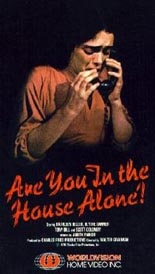

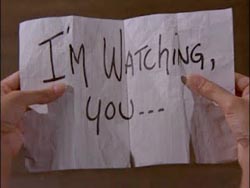
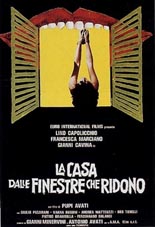
 Twenty years after the death of tortured painter Legnani (Tonino Corazzari,
Twenty years after the death of tortured painter Legnani (Tonino Corazzari, 
